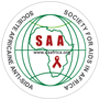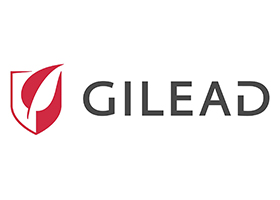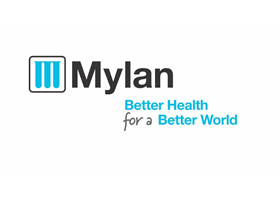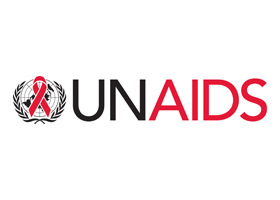Room: MH4
Reporters: Mbabazi Jeannette and Gasengayire Aliane
Antiretroviral treatment has been one of the most developed pharmaceutical revolution of all times. With more than 20 million people on antiretroviral therapy and some countries still increasing the number of persons on therapy, adherence to medication and safer formulations remains a critical challenges to sustaining the epidemic control. Countries in resource limited settings depend heavily on external funding to purchase antiretrovirals and costly laboratory tests. Prevention with ARVs has also shown great promise but yet to be brought to scale.
Long acting antiretrovirals will address concerns about infrequent dosing/lower dose such as through the development of nano-formulation, increase the drug effectiveness through enabling longer durations of effective drug coverage, and improve adherence. In addition, it may reduce treatment-related stigma, address concerns about suboptimal drug exposure. It will be important to however manage adverse events and start to think of the challenges associated with demand and supply of these drugs. Its availability will however improve user preferences and acceptability.
Carmen Perez Casas discussed the different technology used indelivering long acting antiretrovirals. This include injectables, microarray patches, implants, vaginal rings and lyndra gastric resident system. Multiple technologies are being explored for long-acting medicine delivery across indications. Each technology however present different development, financial, clinical, and logistical challenges and opportunities. Ultimate technology selection depends upon drug physical and pharmacological properties, and final use intention. Most products are currently in very early/early stages of development and some approved drugs could be repurposed in faster timelines.














